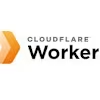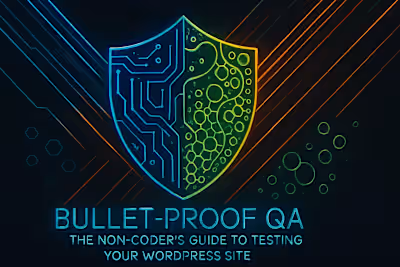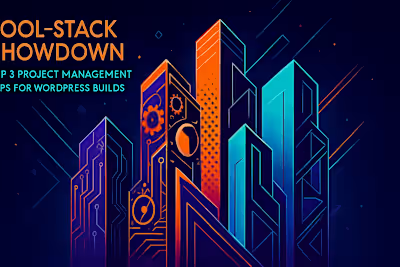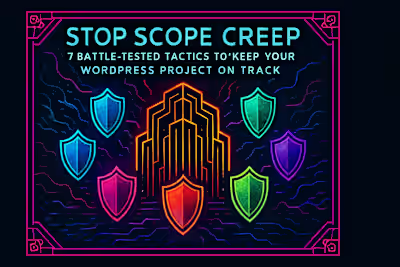Build a Scalable WP Store: Architecture That Grows With You
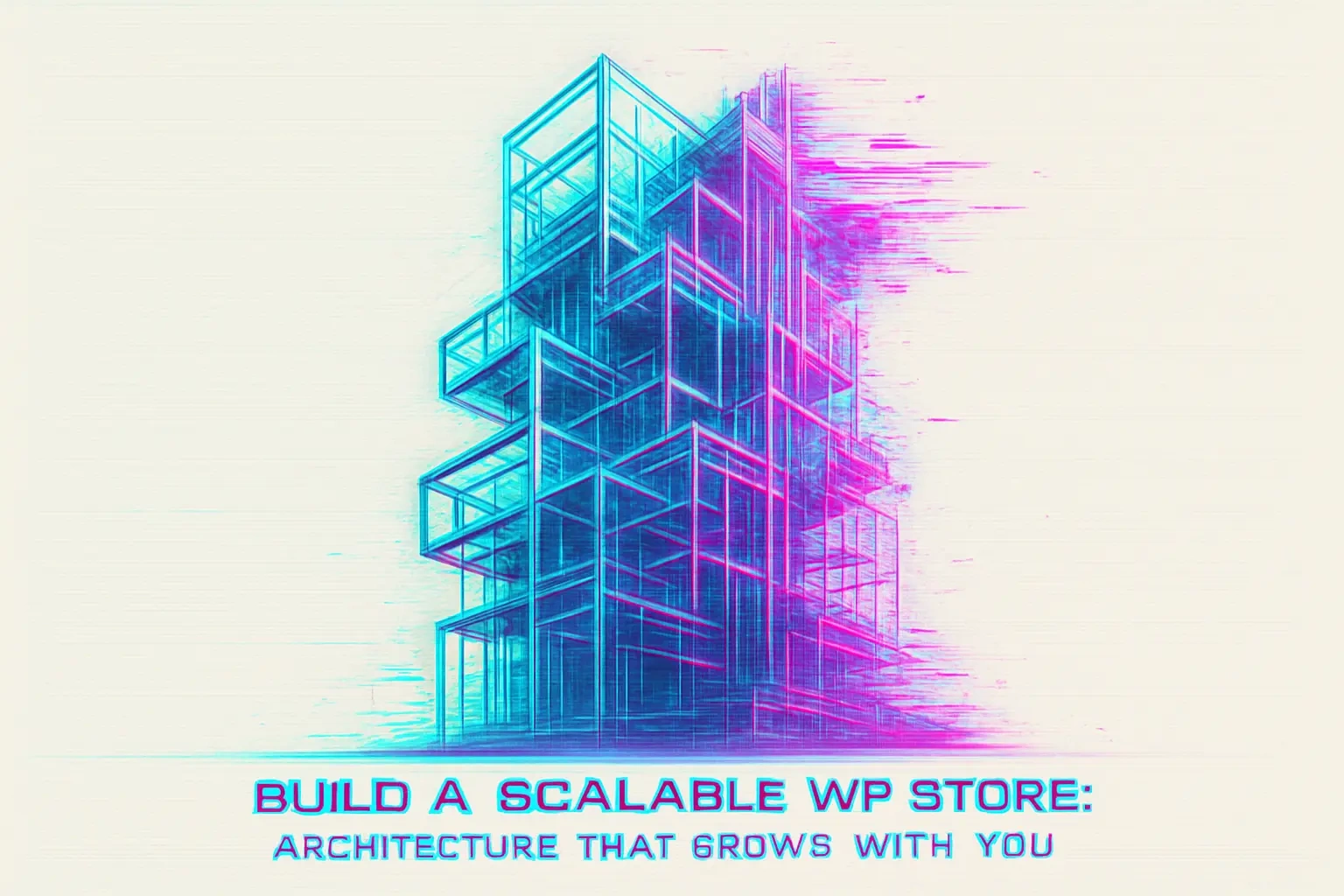
Build a Scalable WP Store: Architecture That Grows With You
The Foundation: High-Performance WooCommerce Hosting
Why Shared Hosting Isn't Enough
Choosing a Scalable Hosting Solution
Database Optimization: The Engine of Your Store
Understanding High-Performance Order Storage (HPOS)
Regular Database Maintenance
The Importance of Database Indexing
Advanced Caching Strategies for Dynamic Content
Why Standard Page Caching Fails for E-commerce
Configuring Caching Correctly for WooCommerce
Leveraging a Content Delivery Network (CDN)
Choosing a Lightweight Theme and Optimized Plugins
The Impact of a Bloated Theme
Auditing Your Plugins
Preparing for the Future: Headless WooCommerce
The Headless Advantage
When to Consider Going Headless
Conclusion
References
Build a Scalable WP Store: Architecture That Grows With You
The Foundation: High-Performance WooCommerce Hosting
Why Shared Hosting Isn't Enough
Choosing a Scalable Hosting Solution
Database Optimization: The Engine of Your Store
Understanding High-Performance Order Storage (HPOS)
Regular Database Maintenance
The Importance of Database Indexing
Advanced Caching Strategies for Dynamic Content
Why Standard Page Caching Fails for E-commerce
Configuring Caching Correctly for WooCommerce
Leveraging a Content Delivery Network (CDN)
Choosing a Lightweight Theme and Optimized Plugins
The Impact of a Bloated Theme
Auditing Your Plugins
Preparing for the Future: Headless WooCommerce
The Headless Advantage
When to Consider Going Headless
Conclusion
References
Posted Jul 6, 2025
Learn how to build a scalable WooCommerce store. This guide covers high-performance hosting, database optimization, caching strategies, and architecture that supports your growth.





